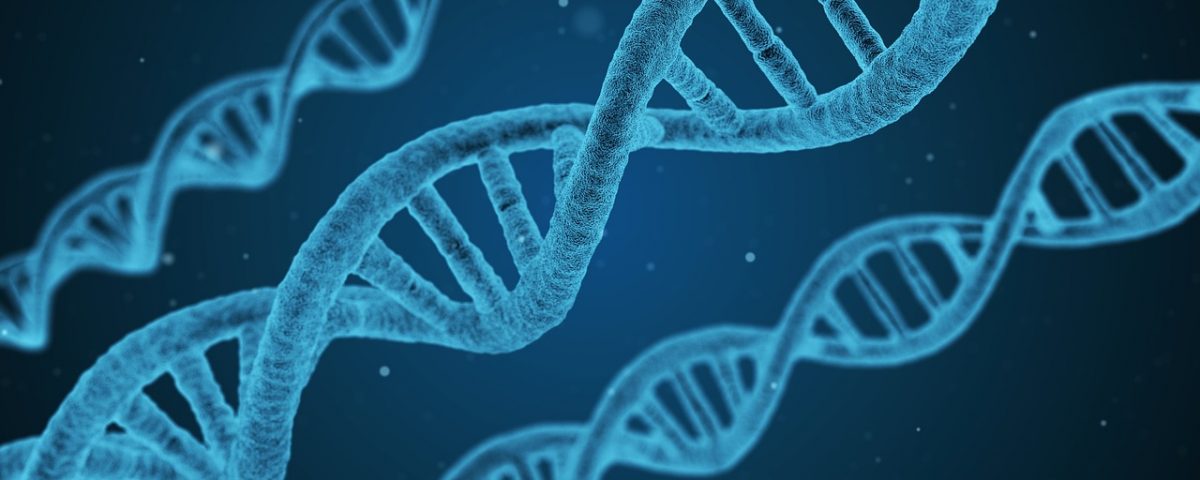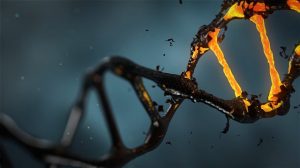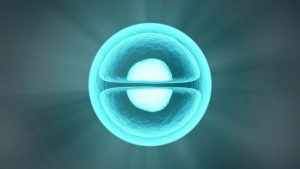
DNA Profiling To Resolve Crimes – Unlikely Sources Of Samples
2018-01-08
A New DNA Test Can Tell You Your Risk Of Having Diseases Like Cancer
2019-08-08
DNA was discovered in 1953 and since then it has been used as a means of learning how things function in the human body. DNA contains the genetic code of life that can be used as a means of identifying each individual. Every person on earth has a unique DNA that can be used to identify them, their children and relatives. The heart of paternity testing relies on DNA.
Controversies With Step Family Relations: Brother Crush
Brother Crush is the newest creation in the gay entertainment area and it touches an interesting social topic – having sexual relations between step family members. In this particular case it’s all about homosexual activities. It’s a fantasy production, of course, but the question remains the same – is it safe? What kind of relation of two people must not be to enjoy it in safety? We won’t find it out with this series, but it’s still worth checking out!
What Is DNA?
 Deoxyribonucleic Acid or DNA for short is everywhere in the human body. Each cell carries two pairs of DNA provided by each biological parent in equal amounts. Some specific Amino Acids abbreviated as A, T, C, and G appearing as letter pairs in DNA (AT and CG) form the building blocks. Over 3 billion letter pairs exits.
Deoxyribonucleic Acid or DNA for short is everywhere in the human body. Each cell carries two pairs of DNA provided by each biological parent in equal amounts. Some specific Amino Acids abbreviated as A, T, C, and G appearing as letter pairs in DNA (AT and CG) form the building blocks. Over 3 billion letter pairs exits.
DNA in human cells forms tightly coiled strands called chromosomes within the nucleus of each cell. It is this nucleus that holds the genetic information from cell to cell and helps with important genetic functions like protecting and building up of organs, carrying oxygen as well as supporting reproduction and cell regeneration.
Every cell in the body has DNA, from Skin cells, hair root cells to cells found in the cheeks and saliva.
DNA Testing
DNA testing is a complex technical process used for analyzing DNA samples for the purpose of establishing similarities (relationships) or differences between two people. The test is extraordinarily accurate with a very high degree of certainty. The most common use of DNA testing is the paternity testing that can easily establish the biological father of a child. DNA fingerprinting or genotyping is another type of DNA testing that has found use in forensic science.
DNA Paternity Testing
 For DNA paternity test, Lab scientist and technicians use many methods to extract the DNA from cells before analyzing them properly. Great care must be taken because pure samples will provide the best results. Extracting samples will involve:
For DNA paternity test, Lab scientist and technicians use many methods to extract the DNA from cells before analyzing them properly. Great care must be taken because pure samples will provide the best results. Extracting samples will involve:
- Breaking the cells to reveal the inner contents (known as Lysing)
- Separation of the DNA from the rest of the cell organelles.
- Finally, collecting pure samples for analysis
After pure samples have been collected the Lab technician begins the process of PCR (Polymerase chain reaction) amplification by placing the DNA into a special solution containing primers. Primers make copies of specific regions of the DNA required for testing.
Successful PCR will result in 16-18 copies of DNA normally referred to as makers or loci. Of which, 15-17 are useful markers for paternity testing while 1 maker is gender specific (used for participant verification)
DNA Fingerprinting And Genome Mapping
Fingerprinting is a process that results in the full mapping of your DNA to reveal all associated base pairs and sequencing. Special chemicals are used to separate unique strands of your DNA to reveal target genome areas. The resulting pattern of stripes can be matched against other samples.
Benefits And Uses Of DNA Fingerprinting
DNA fingerprinting has found usefulness in forensic science and legal matters. It can connect a piece of evidence to an individual or rule out someone as a suspect. How is that done? Simple, what they do is analyze the DNA sample from the crime scene with those of the suspects; if there is a 100% match with the fingerprinting process then the criminal is apprehended, if not, he will be ruled out as a suspect.

